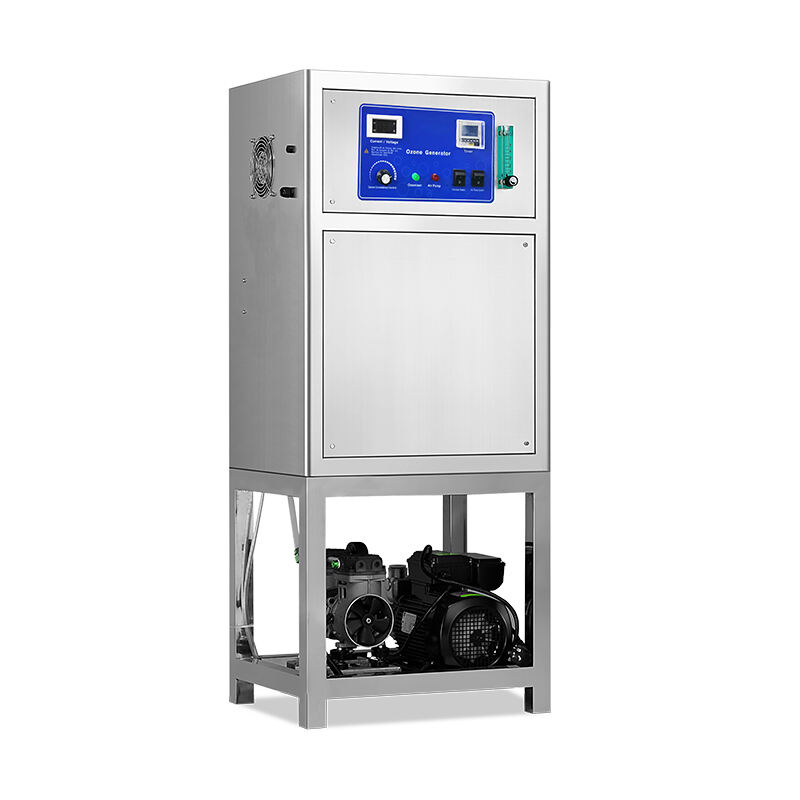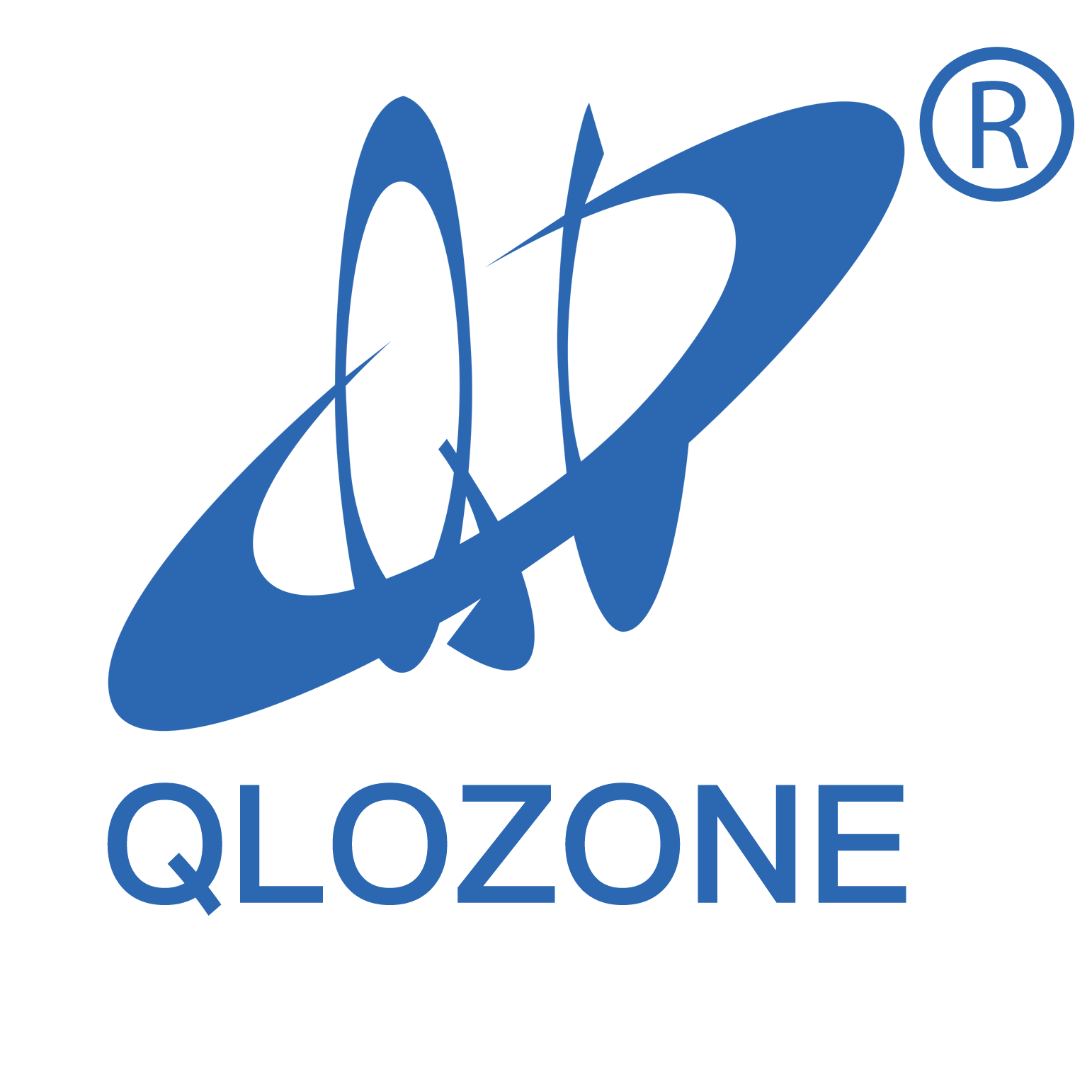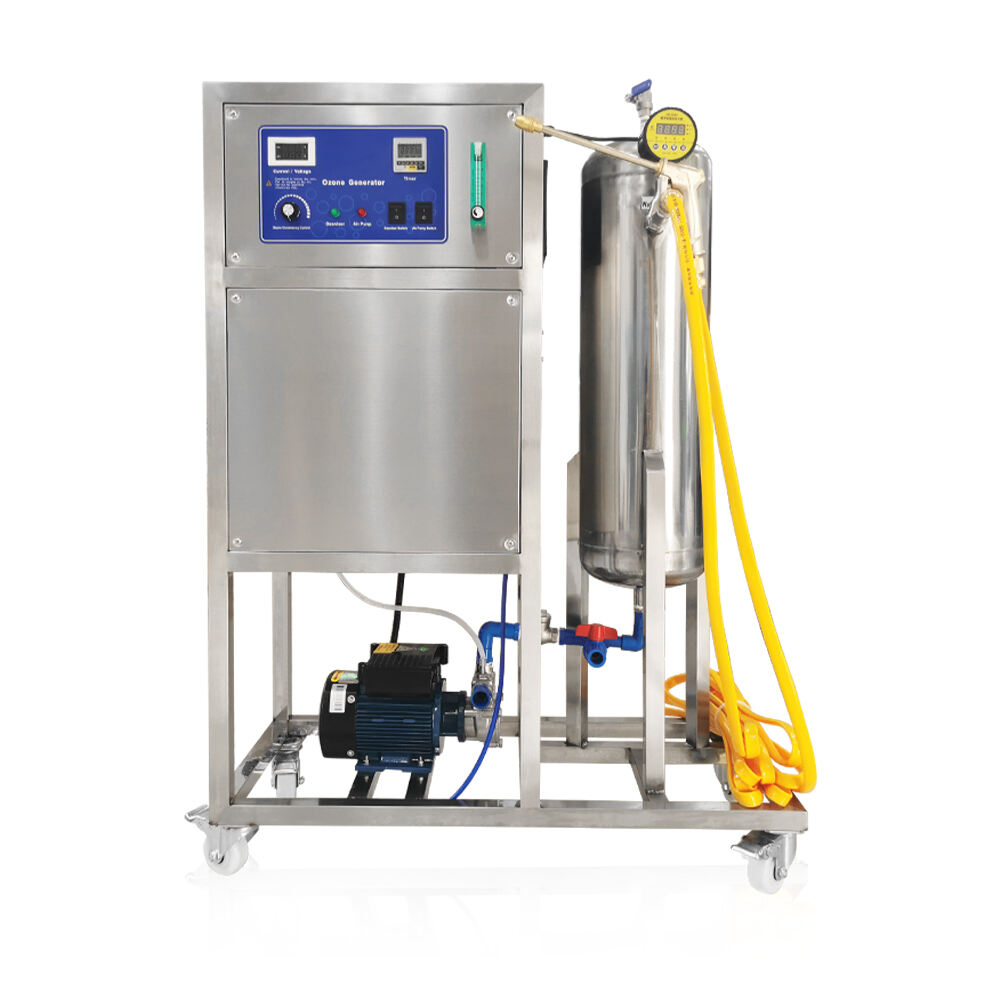Understanding Ozone Treatment in Modern Aquaculture Operations
The integration of ozone water systems in aquaculture represents a significant advancement in sustainable fish farming practices. These sophisticated systems utilize ozone's powerful oxidizing properties to create optimal water conditions for aquatic species while maintaining environmental responsibility. As global demand for seafood continues to rise, the aquaculture industry increasingly turns to ozone water system solutions to enhance production efficiency and ensure product quality.
Modern aquaculture facilities face numerous challenges in maintaining water quality and preventing disease outbreaks. Ozone water systems offer a comprehensive solution by addressing multiple aspects of water treatment simultaneously. This technology has revolutionized how fish farms operate, providing cleaner water, healthier stock, and improved yield rates that benefit both producers and consumers.
Core Components and Functionality of Aquaculture Ozone Systems
Essential Equipment and Setup
An ozone water system in aquaculture consists of several key components working in harmony. The primary elements include an ozone generator, contact chambers, monitoring systems, and degassing units. The ozone generator produces ozone gas through electrical discharge, which is then efficiently dissolved into the water through specialized diffusers or injection systems. Advanced monitoring equipment ensures precise ozone levels are maintained, while degassing units remove any excess ozone before water returns to the fish tanks.
The installation requires careful consideration of materials, as ozone can be corrosive to certain substances. High-grade stainless steel, specialized plastics, and ozone-resistant seals are essential for system longevity and safety. Integration with existing filtration systems must be planned meticulously to achieve optimal performance.
Process Control and Monitoring
Successful operation of an ozone water system demands sophisticated monitoring and control mechanisms. Automated systems continuously measure ozone levels, oxidation-reduction potential (ORP), and dissolved oxygen content. These parameters must be maintained within specific ranges to ensure effective treatment without harming aquatic life. Real-time data logging and alert systems help operators respond quickly to any deviations from optimal conditions.
Regular maintenance procedures include sensor calibration, inspection of injection points, and verification of contact chamber efficiency. This systematic approach to process control ensures consistent water quality and maximizes the benefits of ozone treatment.

Benefits of Ozone Treatment in Aquaculture Settings
Water Quality Enhancement
Ozone water systems dramatically improve water quality through multiple mechanisms. The powerful oxidizing properties of ozone break down organic compounds, reducing turbidity and eliminating colors and odors. This results in clearer water that promotes better fish growth and reduces stress on the animals. The system also helps maintain stable pH levels and reduces the accumulation of harmful compounds like nitrites and ammonia.
The enhanced water clarity achieved through ozone treatment improves light penetration, which can be particularly beneficial in systems where algae control is essential. This creates a more stable and healthy environment for aquatic species while reducing the need for water exchanges.
Disease Prevention and Control
One of the most significant advantages of ozone water system implementation is its effectiveness in disease prevention. Ozone's strong disinfection properties eliminate or inactivate a wide range of pathogens, including bacteria, viruses, and parasites. This reduces the need for traditional chemical treatments and antibiotics, promoting more sustainable aquaculture practices.
The system creates a barrier against incoming pathogens while maintaining a healthier environment within the facility. This proactive approach to disease management results in lower mortality rates and improved animal welfare, ultimately leading to better production outcomes.
Operational Considerations and Best Practices
System Sizing and Design Parameters
Proper sizing of an ozone water system is crucial for optimal performance in aquaculture applications. Factors including water volume, flow rates, organic load, and target species requirements must be carefully evaluated during the design phase. Engineers must consider peak demand scenarios and build in sufficient capacity to handle varying conditions throughout the production cycle.
The design should incorporate redundancy in critical components to ensure continuous operation during maintenance or unexpected equipment issues. Careful attention to contact time and mixing efficiency ensures maximum benefit from the ozone treatment process while minimizing operating costs.
Safety and Environmental Protocols
Safety considerations are paramount when operating ozone water systems in aquaculture facilities. Proper ventilation, gas detection systems, and emergency shutdown procedures must be implemented to protect workers and aquatic stock. Regular safety training and clear operating procedures help prevent accidents and ensure proper system management.
Environmental impact assessment and monitoring ensure that the operation complies with local regulations and maintains ecological responsibility. This includes proper handling of off-gas and ensuring that any discharge water meets environmental standards.
Future Trends and Technological Advancements
Integration with Smart Systems
The future of ozone water systems in aquaculture lies in enhanced integration with smart technologies. Advanced automation systems, artificial intelligence, and machine learning algorithms are being developed to optimize system performance and energy efficiency. These innovations allow for predictive maintenance and real-time adjustments based on changing water conditions.
Internet of Things (IoT) connectivity enables remote monitoring and control, making it possible to manage multiple facilities from central locations. This technological evolution promises to make ozone treatment systems more efficient and cost-effective while improving overall operational control.
Sustainable Development Focus
Environmental sustainability continues to drive innovation in ozone water system technology. New developments focus on reducing energy consumption, minimizing environmental impact, and improving system efficiency. Research into renewable energy integration and optimized ozone generation methods shows promising results for future applications.
The industry is also exploring ways to combine ozone treatment with other sustainable technologies, creating hybrid systems that maximize benefits while minimizing resource consumption. These developments align with global trends toward more environmentally responsible aquaculture practices.
Frequently Asked Questions
What makes ozone water treatment effective for aquaculture?
Ozone water treatment is effective in aquaculture due to its powerful oxidizing properties that eliminate pathogens, reduce organic compounds, and improve water clarity. The system provides comprehensive water quality management while reducing the need for chemical treatments and frequent water exchanges.
How long does it take to see results from an ozone water system?
Initial water quality improvements can be observed within hours of system activation. However, the full benefits of ozone treatment, including improved fish health and reduced disease incidents, typically become apparent over several weeks of consistent operation.
What maintenance is required for aquaculture ozone systems?
Regular maintenance includes monitoring and calibrating sensors, inspecting injection points, cleaning contact chambers, and verifying proper gas flow rates. Components should be checked according to manufacturer specifications, typically including daily visual inspections and more comprehensive monthly or quarterly service routines.
Are ozone water systems safe for all aquaculture species?
While ozone water systems can be used with most aquaculture species, the treatment levels must be carefully controlled based on species sensitivity. Proper system design and monitoring ensure that dissolved ozone levels remain within safe parameters for the specific species being cultivated.

